| Title | Optical measurements of bubbles and spray in wind/water facilities at high wind speeds |
| Publication Type | Conference Paper |
| Year of Publication | 2012 |
| Authors | Mischler, W, Jähne, B |
| Conference Name | 12th International Triennial Conference on Liquid Atomization and Spray Systems 2012, Heidelberg (ICLASS 2012) |
| Abstract | An optical imaging technique for the measurement of the size and velocity distribution of bubbles and droplets is presented. This method was used in a wind-wave tank at high wind-speeds to investigate bubble populations and spray generated by breaking water-waves. These measurements help to model bubble and spray induced gas exchange between atmosphere and ocean. The setup consists of a 2040 1088 CMOS-camera (Basler acA2000-340km, 5.5 mum pixel size), which is used in a telecentric bright-field setup. Thus bubbles or droplets between the light source and the camera become visible in the images as dark disks because of light scattering. For illumination, a single high-power LED (Cree XP-E) in a telecentric illumination system is used. This LED is operated in a pulsed mode with pulse lengths smaller than 2 mus. This is the effective exposure time. In order to acquire two images with a small temporal distance, the camera is set to maximal exposure time. The first image is recorded by flashing the LED at the end of the first exposure and the second image by flashing at the beginning of the second exposure. The effective time difference of consecutive exposures was between 1 mus and twice the exposure time of the camera. The telecentricity (only rays parallel to the optical axis contribute to the images) of the optics reduces the error of the size estimation of the bubbles/droplets. In addition the position along the optical axis can be estimated by a depth from defocus method. With this information it is also possible to determine the measuring volume to estimate the bubble/spray-number density. The size range of this technique is determined by the pixel and sensor size and by the resolution of the lens. Here, a lens with a working distance of 135 mm and a magnification of 0.37 is used, so that one pixel corresponds to 15 mum in object space. With this setup a radius range of 40 mum - 5000 mum can be imaged. The main source for the error of the radius is the blurring of the edges due to defocus. Therefore the accuracy depends on the quality of telecentricity and complexity of image processing. For bubbles with a radius larger than 10 px the error is below 1 % when using simple image processing. This error can be reduced significantly by using elaborate image processing, which is also able to detect bubbles as small as 3 px in size. Different image processing algorithms for spherical objects are presented and investigated regarding accuracy. Bubbles or droplets which show deviation from sphere shape introduce problems for the image processing. For bubbles in still water, such deviations are typically found for radii of greater than 500 mum. Capabilities and limits of the technique are addressed on the example of two experiments. Test measurements were conducted at the high wind speed wind-wave tank in Kyoto, Japan at a wind speed of 42 m/s. This experiment showed that distributions of bubbles can be measured at high wind speeds with no problems in regions, which are not near to the water surface (> 2 cm). For regions close to the interface the image processing algorithms need to be adjusted, since portions of the illumination can be occluded by waves. It is shown with an experiment in the small linear wind/wave facility in Heidelberg, that this technique also works for spray measurements. Systematic measurements of spray could not be conducted in Kyoto, since the walls of the tank were covered by a thin film of water caused by the spray, which heavily disturbed the optical path. |
| DOI | 10.5281/zenodo.10957 |
| Citation Key | mischler2012 |


